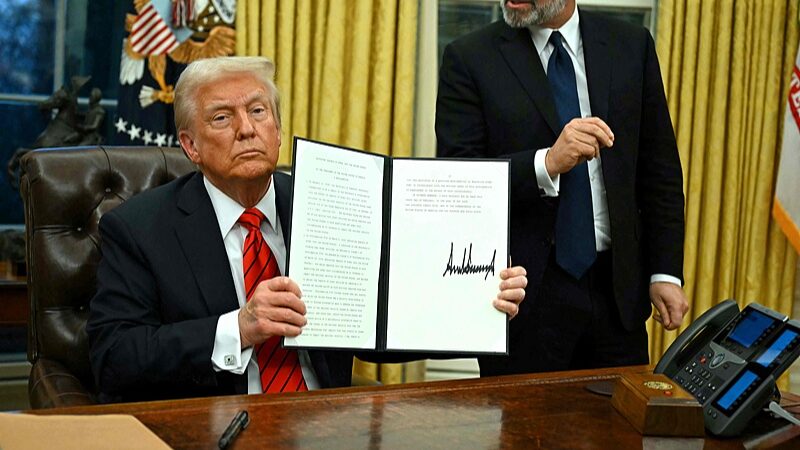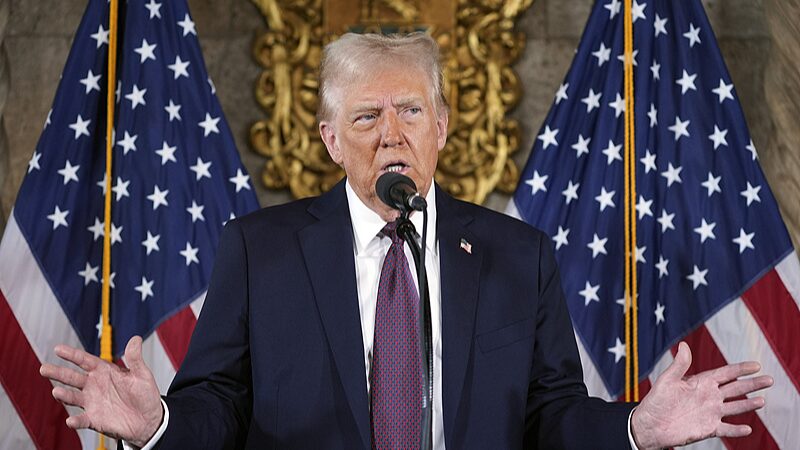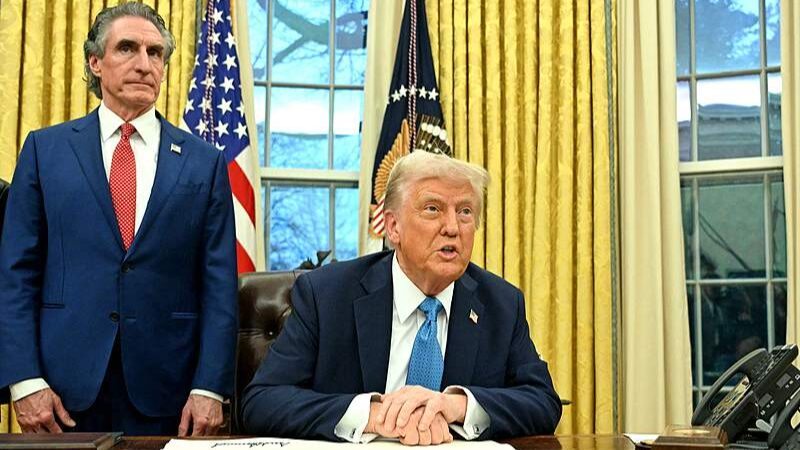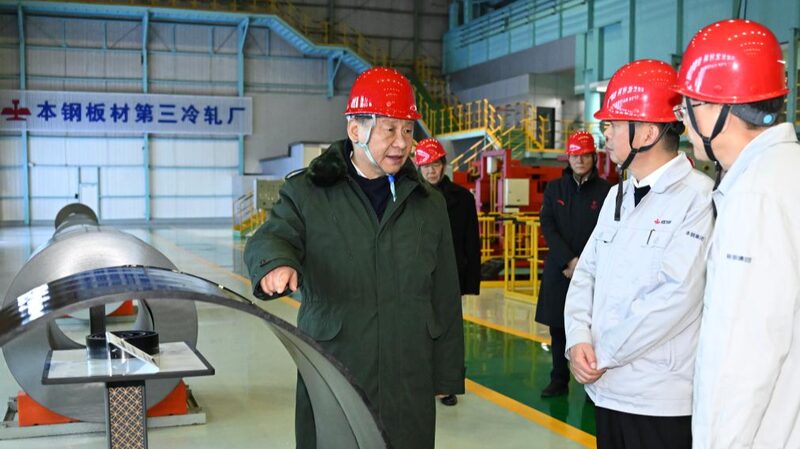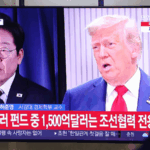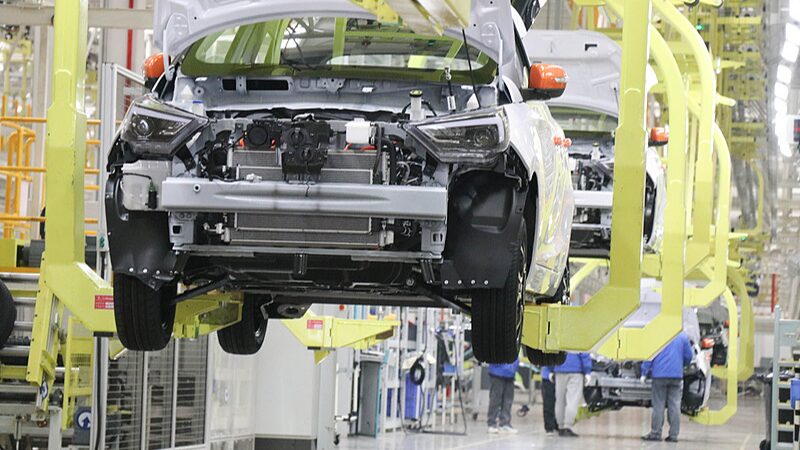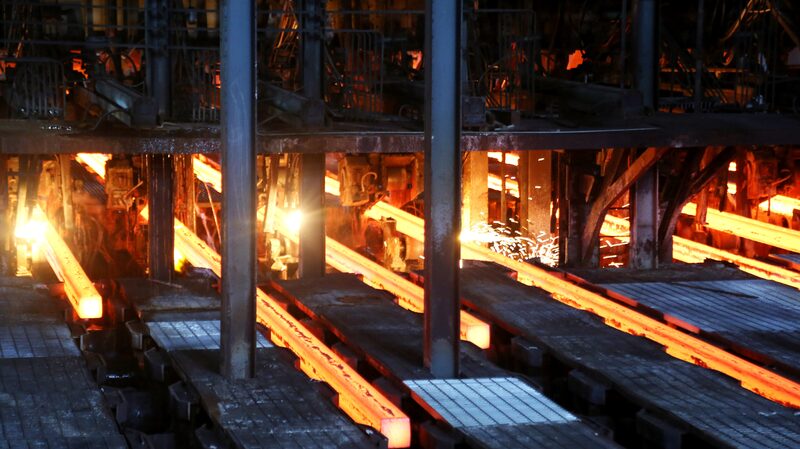Prices of industrial metals in the United States saw significant gains on Tuesday, driven by President Donald Trump's implementation of a 25 percent tariff on steel and aluminium. This move aims to support struggling U.S. metal producers, but the industry faces hurdles in sourcing sufficient materials domestically.
The primary objective of the new tariffs is to bolster the U.S. metal sector. However, reopening closed plants and establishing new facilities to reduce reliance on imports will require considerable time and investment.
In the interim, traders have increased U.S. metals prices to account for the additional costs that automakers and other industries will incur when sourcing foreign metals starting March 12. Aluminium, a key material in transport, construction, and packaging, is expected to be the most affected. According to Morgan Stanley, net imports account for approximately 82 percent of U.S. aluminium requirements.
The premium for U.S. aluminium over the global benchmark on the London Metal Exchange surged by 25 percent since Friday, reaching 35 cents per pound, a 60 percent increase since Trump's election.
Analyst Volkmar Baur from Commerzbank highlighted the challenges ahead, stating, \"Aluminium capacities would have to be massively expanded in a short period to replace even a portion of the imports with domestic production.\"
The American Primary Aluminium Association has lauded the tariffs, with President Mark Duffy declaring, \"Today is a great day for the U.S. aluminium industry.\" Despite this optimism, U.S. aluminium smelter production has declined from 3.7 million tonnes in 2000 to just 670,000 tonnes last year, against a demand of 4.3 million tonnes, according to the U.S. Geological Survey.
Amy Gower of Morgan Stanley indicated that reviving U.S. aluminium production would require at least six to twelve months, depending on the preparatory work completed. Building new smelters would extend this timeline further.
Charles Johnson, CEO of the Washington-based Aluminum Association, emphasized the insufficiency of current smelting capacities to meet the growing industry needs, despite appreciating Trump's trade measures.
Companies like New York-based PerenniAL are planning to pass on any price increases to customers. CEO Brian Hesse remarked, \"You can't cut your nose off to spite your face,\" advocating for a thoughtful, multi-year approach to increasing domestic aluminium production.
Steel prices are also on the rise, with U.S. hot rolled coil steel prices increasing by nearly 40 percent since last Thursday. UBS analyst Andrew Jones warned that supply growth would not offset these volume increases, potentially leading to higher U.S. prices and negatively impacting economic growth amid escalating trade tensions.
In Canada, aluminium producers are prepared to compete but caution that higher prices could harm U.S. consumers, echoing the disruptive effects of a 10 percent tariff during Trump's first term. Jean Simard, CEO of the Aluminum Association of Canada, expressed concerns about the broader economic implications of a 25 percent tariff.
Global fears of slower economic growth and reduced metals demand due to potential trade wars have led to a broad retreat in global industrial metals prices. While tariffs on copper have not yet been imposed, threats of duties have already driven U.S. copper futures to record highs.
As the situation evolves, stakeholders across industries remain vigilant about the long-term impacts of these tariffs on both domestic production and global trade dynamics.
Reference(s):
cgtn.com
